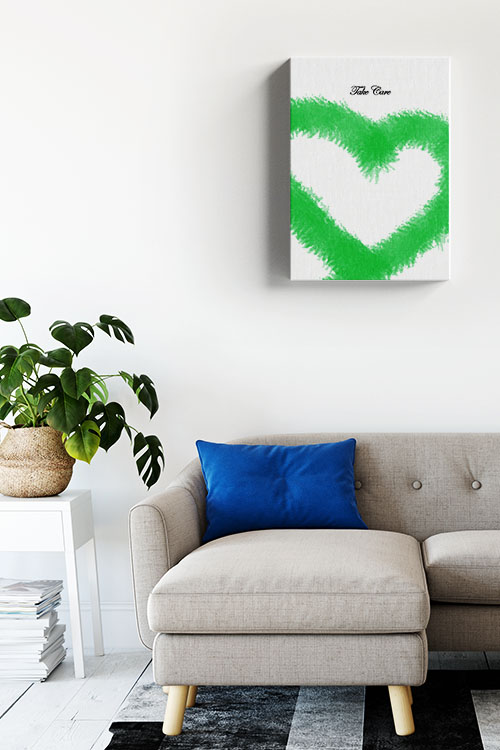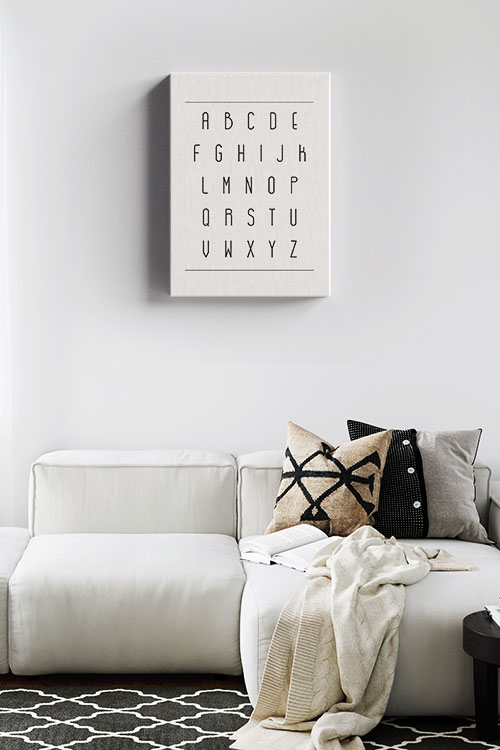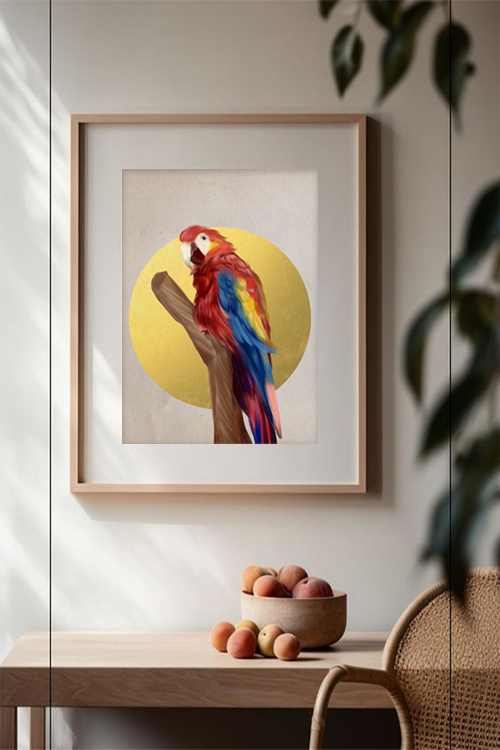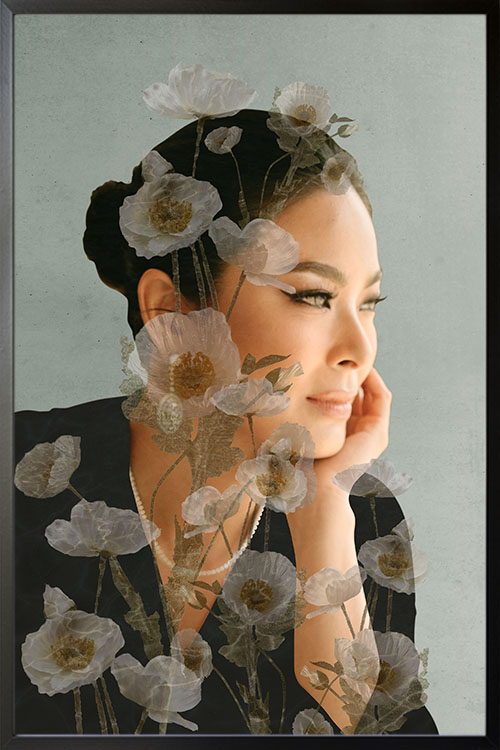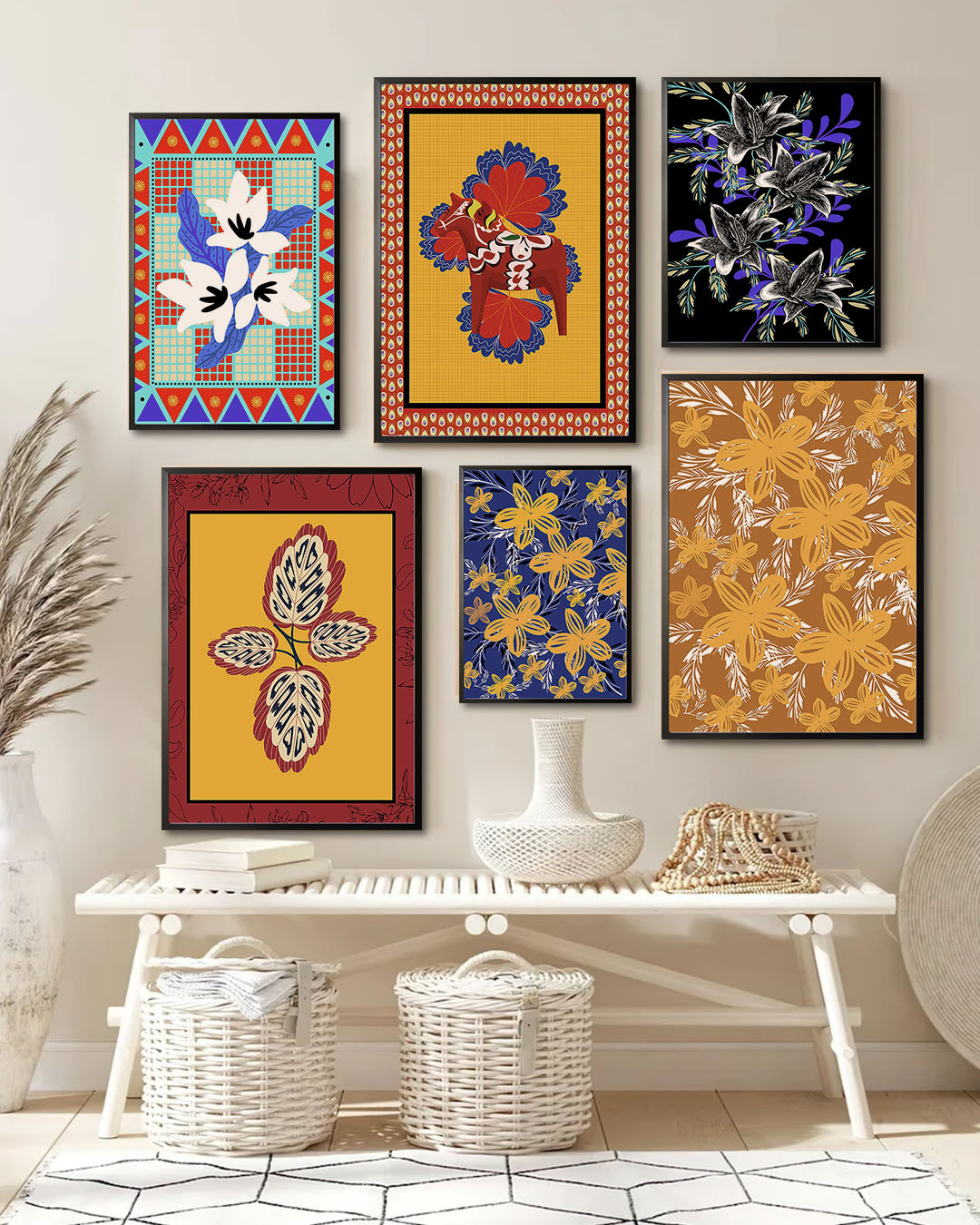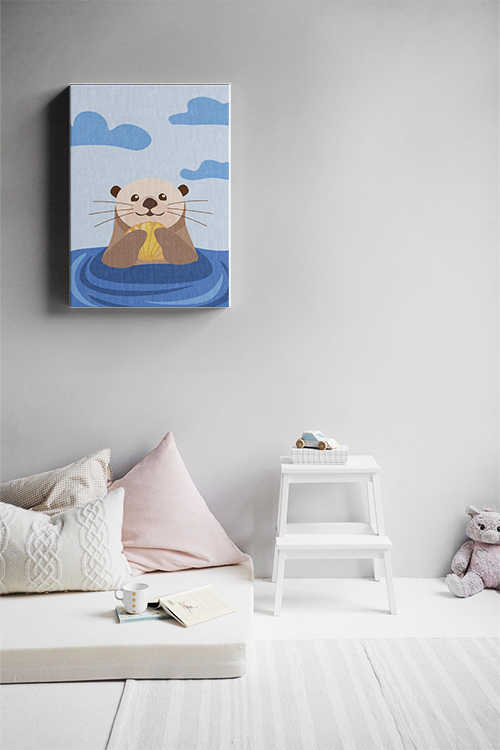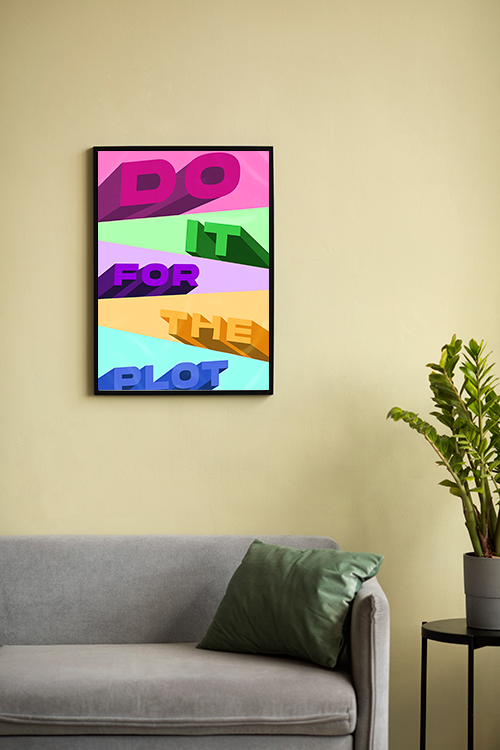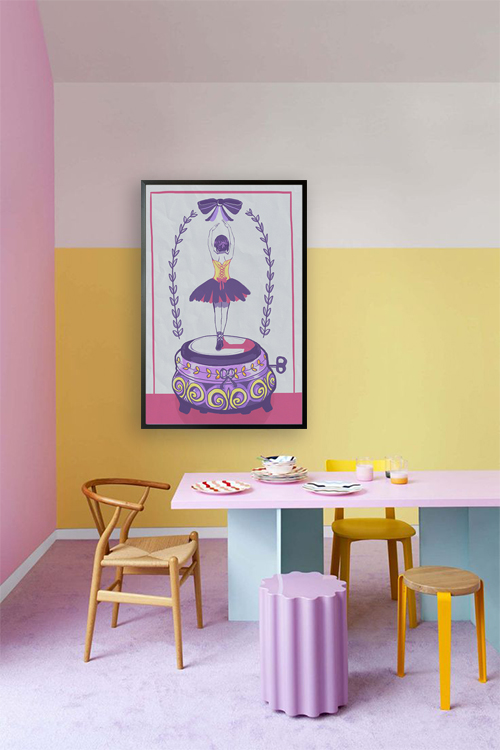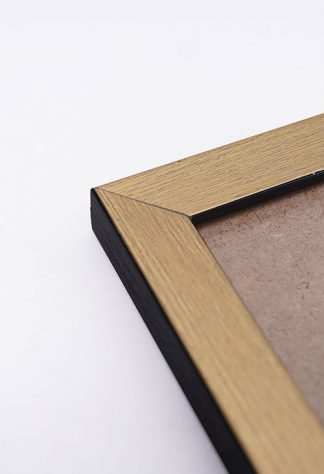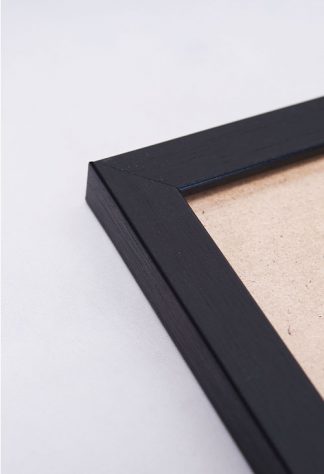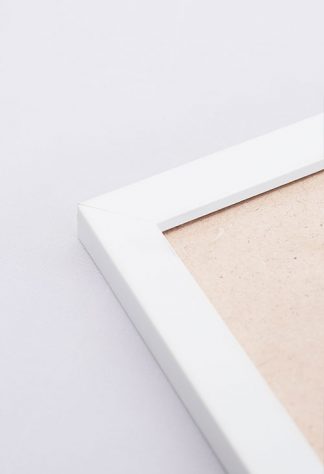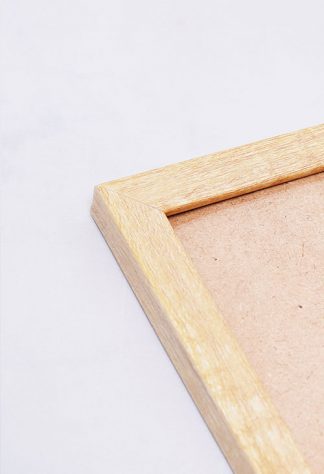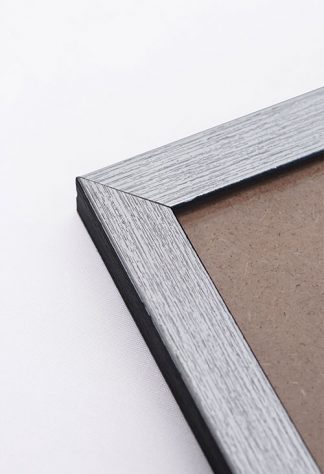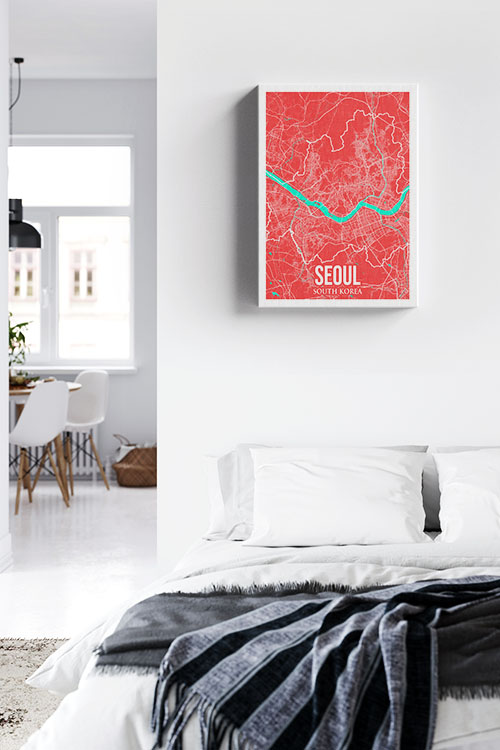
Cool greys and crisp blues dominated the interior design scene for a while. But lately, there’s been a shift towards a more inviting atmosphere. Warm colors make a comeback, infusing homes with coziness, sophistication, and personality. This trend isn’t about a single shade; it’s a spectrum of warmth offering a variety of design possibilities.
Earthy Inspiration
Earthy tones, such as beiges, caramels, and rich browns, lead the charge. These grounding colors evoke a sense of comfort and create a natural foundation for a space. Their incredible versatility allows you to build a warm and inviting base, inspiring you to layer in bolder accents or pops of color and unleash your creativity.
Beyond Neutrals
While earthy tones provide a solid base, the comeback of warm colors goes beyond neutrals. We’re seeing a resurgence of richer, more saturated shades. Terracotta, a burnt orange hue, is widespread, adding a touch of earthy elegance. And then, there are the deep, luxurious jewel tones like emerald green and sapphire blue. These colors make a bold statement, offering a sense of luxury and drama that will surely intrigue and excite you.
Bold and Beautiful
Don’t be afraid of bolder hues! Warm reds, from fiery scarlets to sultry burgundies, are back in a big way. These colors add drama and sophistication, perfect for creating an accent wall or incorporating a statement piece of furniture. They also bring a sense of daring and adventure to your space, encouraging you to step out of your comfort zone.
Pops of Playfulness
Warm colors aren’t just about boldness; they can also be playful! Soft pinks, yellows, and lavenders add a touch of whimsy and cheerfulness. These can be used for throw pillows, artwork, or even an accent chair, injecting personality into your space.
Why the Warmth
The reasons behind this trend are multifaceted. After a period of uncertainty, people are craving a sense of comfort and security in their homes. Warm colors naturally evoke these feelings, creating a more inviting and cozy atmosphere. Additionally, warm colors tend to be more stimulating and energetic, reflecting a renewed focus on the joys of life.
Embrace Your Personality
This trend also caters to a desire for personalization. The wide range of warm colors allows you to tailor your space to your unique style. Whether you prefer the earthy sophistication of browns or the playful charm of pastels, there’s a warm hue to reflect your personality and create a space that feels truly your own.
The comeback of warm colors in interior design is more than just aesthetics; it’s about creating a comfortable, inviting space that reflects your personality. So, don’t be afraid to embrace the warmth and create a home that feels like a haven.
